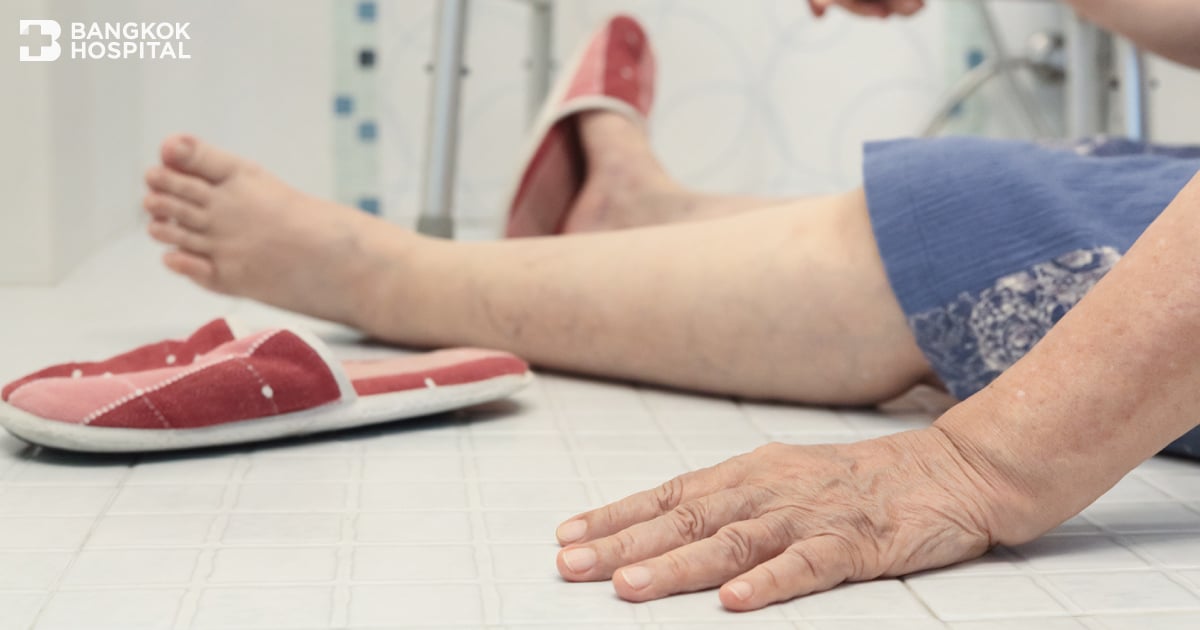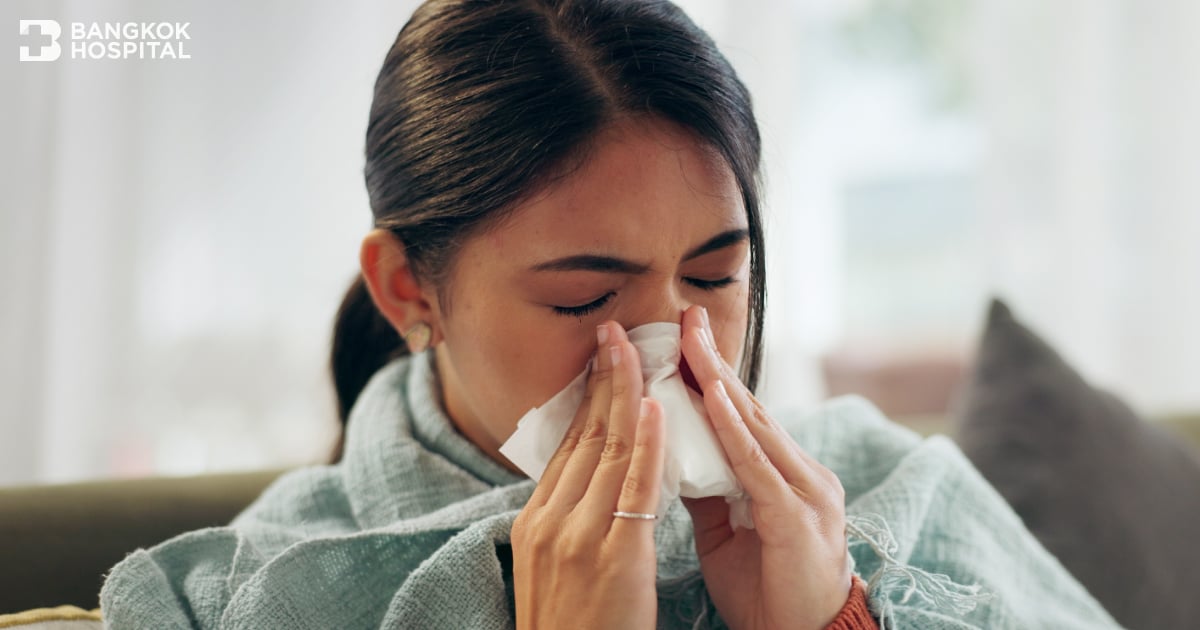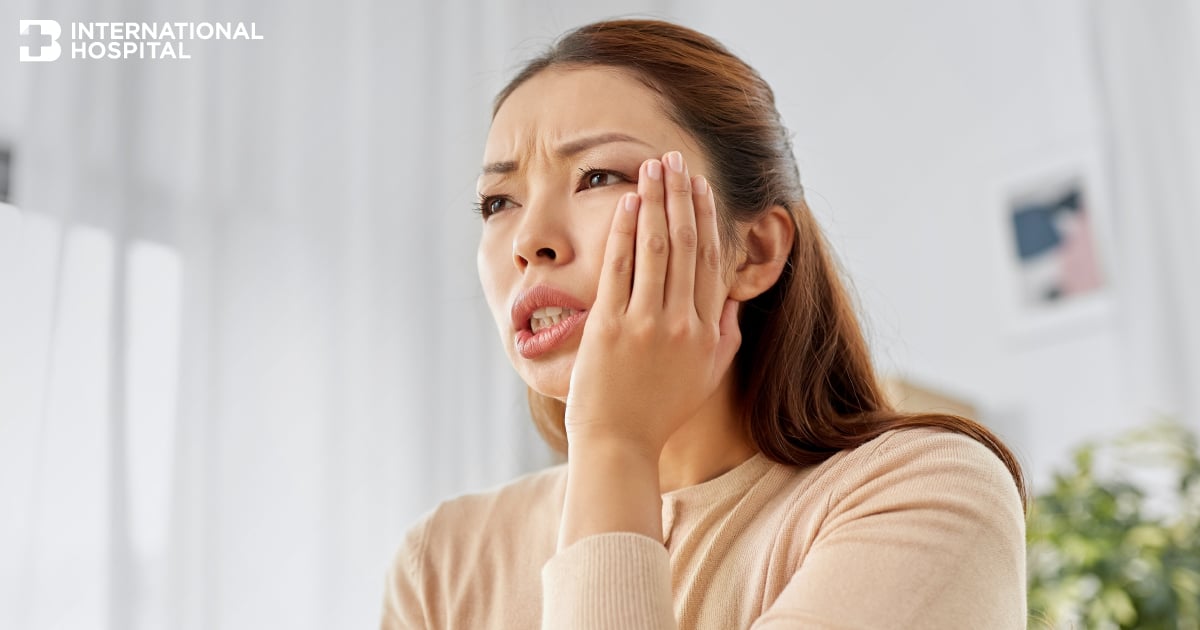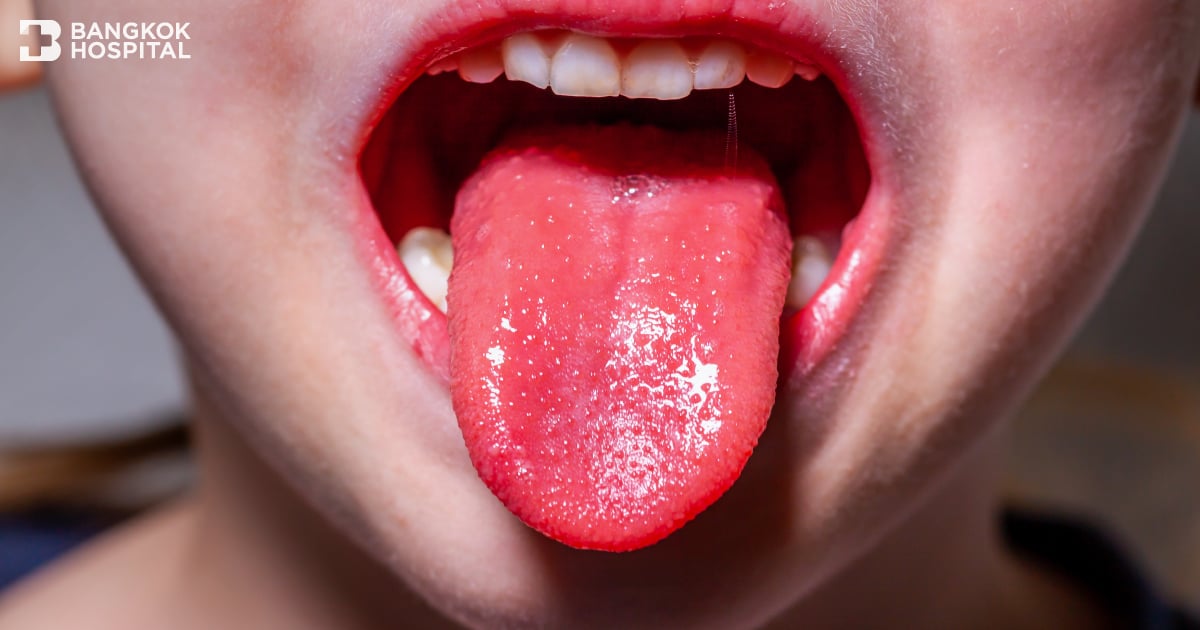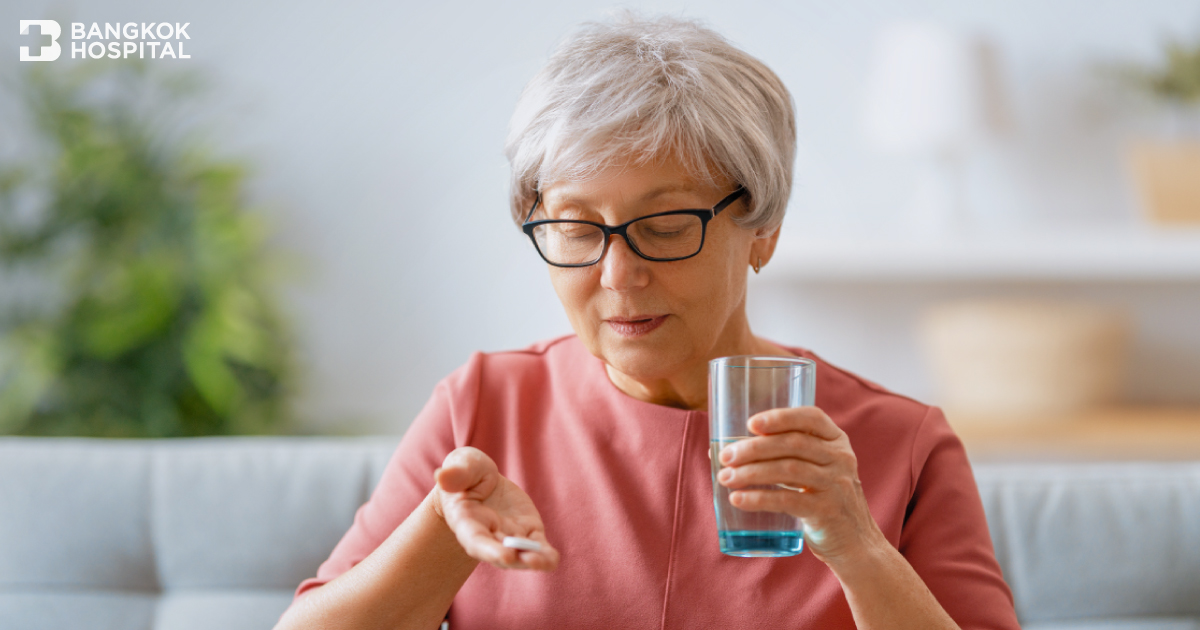Currently, 1,600 Thais die annually from “slips, trips, and falls,” making it the second leading cause of unintentional injury death, following road traffic injuries. One in three victims are often found in the elderly group aged 60 and above, with the risk increasing with age. Common problems among the elderly who experience such accidents include hip fractures or brain injuries, leading to a high rate of disability and mortality. Therefore, family members and relatives must closely monitor and take care of them.
Accidents in the Elderly
The occurrence of accidents in the elderly is often due to physical degeneration and deterioration, as well as illnesses which lead to decreased organ function. The most common accident among the elderly is falling, such as slipping in the bathroom, falling out of bed, or down stairs, usually occurring among those aged between 65 – 75 years.
The most common injuries from such accidents include hip fractures, which result in relatively high rates of disability and mortality. This is because the elderly often suffer from osteoporosis or brittle bones, making fractures more likely from falls. Therefore, elderly patients with hip fractures require protective measures against subsequent fractures after surgery.
Symptoms of a hip fracture include pain in the affected hip area after falling, inability to stand or bear weight on the affected leg. If relatives find an elderly person has fallen and suspect a hip fracture, it is advised to keep the patient comfortable in the same position, avoid moving them, and call an ambulance immediately.
Another problem that can arise from falls in the elderly is head injuries, which increase the risk of brain hemorrhage. The symptoms may not correspond to the severity of the injury, so elderly patients with head injuries should be promptly assessed by a doctor and possibly undergo a brain CT scan, along with hospital observation if indicated.
The Elderly and Falling
Every year, one in three elderly persons experiences a fall, and half of these individuals fall more than once. Ten percent of these falls result in hip fractures, and 25 percent of hip fracture injuries are associated with death. Falls most often occur at home, particularly in bathrooms and on stairs. Eighty percent of patients with a first-time fracture have never been screened or treated for osteoporosis. Moreover, elderly individuals who have fallen once are 2 – 3 times more likely to fall again. Almost 100 percent of elderly patients who fall at home have chronic diseases such as high blood pressure, diabetes, high blood cholesterol, heart disease, and some have chronic kidney failure. Therefore, care and treatment become more complex, and patients in hospitals are at risk of complications like pressure sores, pneumonia, and infections.However, falls can be prevented by understanding their causes.
- Physical causes include poor balance, weak legs, numbness, fatigue, dizzy spells, vision and hearing problems, medication that affects the circulatory system, and osteoporosis.
- Environmental causes include slippery or wet floors, rough surfaces, steps, uneven or sharp edges, inadequate lighting, unstable or broken furniture, inappropriate use of walking aids, and wearing ill-fitting clothes or shoes.
First Aid for Elderly Falls
Basic first aid and care for elderly fall victims include:- If the head is injured and the person is unconscious, keep them in the same position and call an ambulance.
- If the patient is conscious and has neck pain, lay them down flat without a pillow, call an ambulance, and try to move the patient as little as possible.
- If the patient has hip or thigh pain, let them lie in the most comfortable position and call an ambulance. Do not move them on your own, as this could lead to further bone displacements.
- If the patient has a head injury but no neck pain and is fully conscious, relatives can transport them to the hospital. If there is a bleeding wound, apply clean pressure for 10 – 15 minutes.
Preventing Falls
Ways to prevent falls among the elderly include health promotion activities such as:- Strengthening muscles through exercise.
- Correct walking training, practicing raising the feet.
- Training in the use of walking aids such as a four-legged aluminum frame or cane.
- Adjusting personal behaviors, like standing up slowly, looking for objects to grab in an emergency, not walking on wet surfaces.
- Family members should assess the risk of accidents, such as observing signs and abnormalities in vision, walking, balance as the elderly have reduced organ function control leading to compromised balance.
- Observe cognitive and perceptual abnormalities, like confusion or forgetfulness about dates, times, places, and people, along with slowed perception, decision-making, or reaction time. Review and consult with a doctor about medication that increases the risk of falls.
- Regularly assess home environment safety, including the interior and exterior of the home. For patients who have already fallen, identify and address any risk factors that may need to be corrected, such as:
– Ensure beds, chairs, and toilets are of appropriate height.
– Use non-slippery floor materials.
– Have sturdy grab rails around doors and areas where standing is required.
– Use flush toilets.
– Have seating in showers and dressing areas.
– Arrange commonly used items within easy reach at elbow level.
– Organize bedrooms and living rooms neatly, making items easy to grab without clutter on the floor, especially electrical cords.
– Ensure adequate lighting, especially on paths to the bathroom. Keep pathways in bedrooms and bathrooms clear, dry, and unobstructed.
– Move or stand up from the bed slowly.
– Organize the kitchen to make items and seasonings easy to use.
– Store heavy items in low places.
– Avoid polishing floors.
– Avoid using stairs if possible; if necessary, ensure they are stable, wide enough, not rushed, and clear of obstacles and wet spots at landing areas.
– Entry-exit routes should be convenient with adequate lighting.
Assessing the Risk of Falls in the Elderly
In addition to basic assessments by attentive family members, Bangkok Hospital has specialized tools and evaluations for assessing the risk of falls in the elderly, covering strength, flexibility, balance, mobility, and cognitive function, including:-
Strength: Trendelenberg Test
-
Flexibility: Sit and Reach Test
-
Cognitive function: Vienna Test
-
Mobility: Time Up and Go Test (TUG)
-
Balance: Balance Master (Keith’s Protocol)
This evaluation is conducted by professionals with experience, interpreted according to international standards, to indicate risk and guide training for the elderly.
Exercise to Prevent Elderly Falls
Exercise to prevent falls among the elderly is based on the Otago Exercise Program, focusing on key physical risk factors such as muscle strength, flexibility, balance, and reaction speed. It’s simple to practice and can prevent and reduce the rate of falls among the elderly. Moreover, even those over 90 years old can improve body strength and stability to avoid falls when correctly trained.
Caring for Elderly Health
- Eat adequately focusing on vegetables and fruits to maintain body balance and resistance against diseases.
- Avoid skipping meals, as it can cause weakness and confusion.
- Stay active daily, walk/exercise according to age, such as Tai Chi to maintain joint flexibility and balance.
- Regularly check vision and hearing, use aids if problems are detected.
- Discuss with doctors and pharmacists every time you receive a prescription, about side effects including sedatives, antipsychotics, blood pressure medications, and diuretics, or if you are on four or more drugs (excluding vitamins). Change daily routines to decrease fall risk if you’re taking sedatives. Do not mix medication with alcohol.
- Avoid alcohol as it’s a cause of falls.
- Use walking aids, ensure they are the correct height, stable, and have rubber tips.
- Try to fall on a thicker part of the body or something soft if a fall is unavoidable.
- After a fall, don’t rush to get up. Assess for injuries first.
- Don’t fear falling again but analyze the cause and make corrections.
However, for relatives and families with elderly members, be cautious. If an elderly person falls, they should be taken to see a doctor to check for fractures, especially of the hip or if the brain has been affected, as it could be life-threatening. Do not assume that the inability to stand or walk is due to normal physical degeneration or chronic diseases such as dementia or depression. Bangkok Hospital has a team of physicians specializing in the treatment of hip fractures with established care standards for elderly patients with hip fractures, including care from an interdisciplinary team such as geriatricians, rehabilitation physicians, nutritionists, and physiotherapists. Patients will receive a pre-surgical readiness assessment from a geriatrician and a physical assessment specifically for the elderly, such as sudden confusion evaluation, mobility and routine activity capability, fall prevention assessment, etc., and will undergo surgery within 36 hours. Studies have shown that prompt surgery can reduce complications and speed up recovery.

